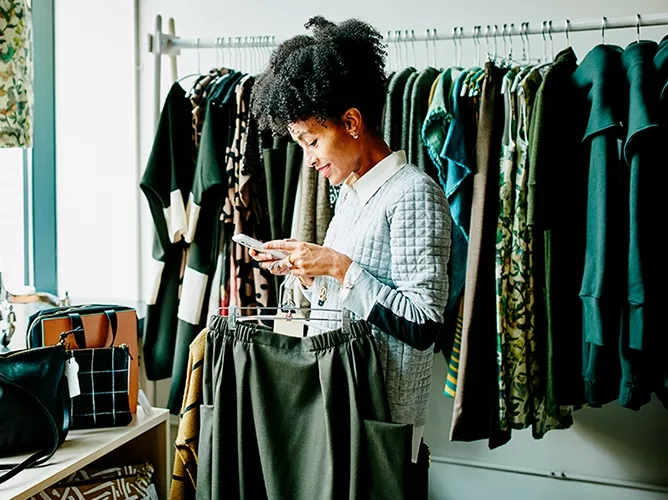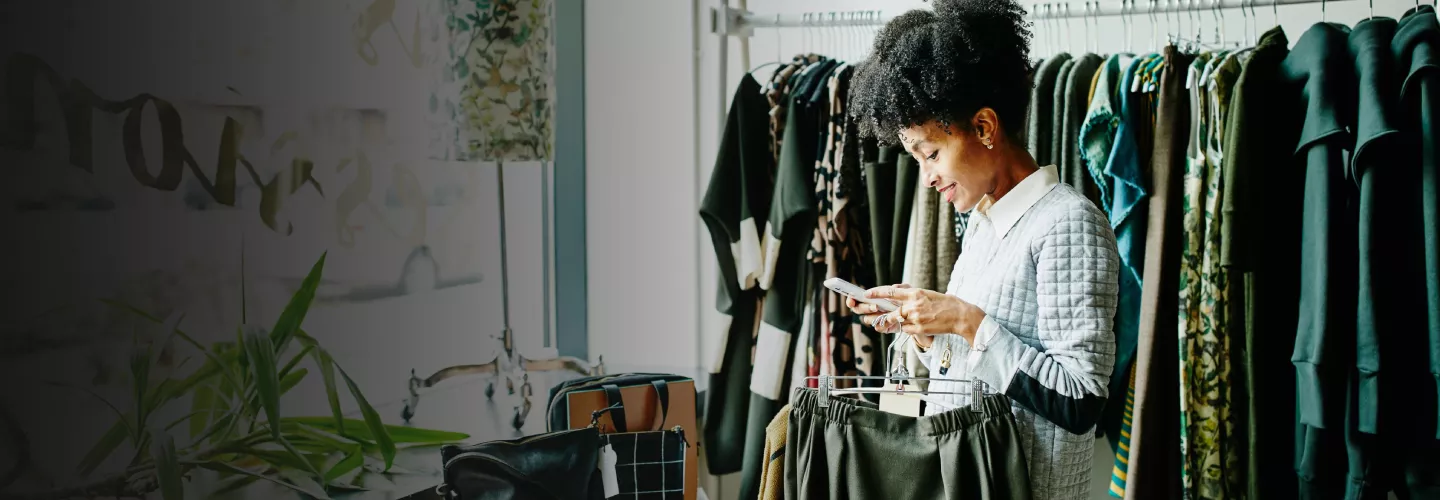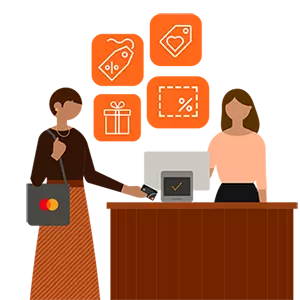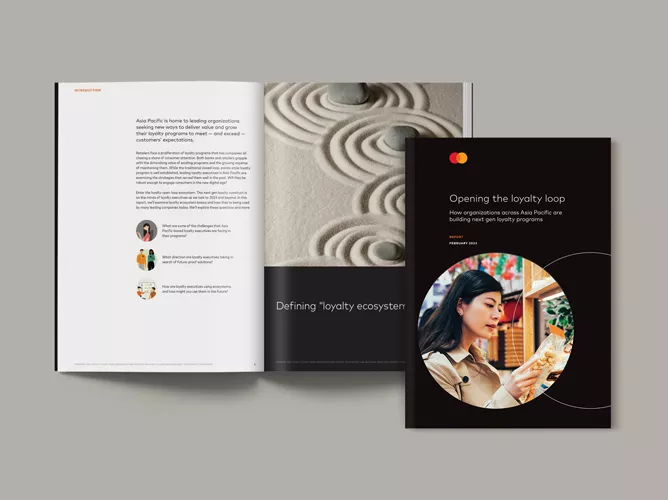Published: December 06, 2023 | Updated: July 31, 2024
Read time: 4 minutes
- Key takeaways:
- Today’s consumers are searching for the best deals, so promotions and price cuts are valuable tools to gain business.
- Leading retailers are increasingly using business experimentation to test and measure the impact of a specific program or campaign and guide what actions a brand should take.
- J.Crew used Mastercard’s Test & Learn® platform to identify promotions that increased retail demand units while minimizing decline in daily margin.
As the seasons change, so do consumer shopping patterns. Spring sees retail consumers looking to clean out and refresh their wardrobes. Summer has consumers basking in the warm sun and prioritizing experiences at touristy hot spots. Fall has shoppers smelling pumpkin spice everywhere while spending picks up thanks to back to school and other major sales events. And the winter holiday season has one thing on consumers’ minds: gifts, from goods to experiences — hopefully at a promotional discount.
Shaped by the current macroeconomic environment, consumers are trading down and valuing promotions. But for retailers, the best approach isn’t as simple as running the same sale in every store.
Enter business experimentation, a methodology that enables businesses to make the highest ROI decisions possible by testing ideas in-market and identifying specific opportunities for improvement. Much like a scientific experiment, a business experiment involves developing a hypothesis and using data to understand if assumptions were correct or incorrect. By testing, retailers can optimize their pricing strategies, improve their promotions, and effectively target changes across stores with confidence.
This way, brands are adapting not only to the changing seasons, but to how consumers are responding to the changing economy as well.
Setting up shop: The macroeconomic environment
In 2022, retailers were faced with an uncertain economy with inflation and a shifting labor market. While inflation has dropped since last summer’s peak of over 9%, at 3.2% year-over-year in October 2023, it is still far from the desired rate.
Inflation for goods has declined since it’s pandemic era peak amid improvements in supply chains and shifting demand. The labor market remains healthy, leading to a stronger and more resilient consumer that is able to spend more.
Retailers are adjusting their promotional strategies accordingly. Many are finding that discounting can become a powerful tool in an environment where the consumer is still looking for value. In fact, a Mastercard study showed that 73% of retailers are using purchase discounts as a customer retention tool, growing from 55% in 2021.
But the question remains: How can brands be sure promotions are driving sufficient ROI? Promotions and discounts can be costly to execute, so if there are no redemptions, the company loses money. Promos need to be designed thoughtfully and tested to ensure they are driving the desired outcomes.
That’s where business experimentation comes in.
By careful design: Business experimentation helps make informed decisions
Leading retailers make big choices every day, and the most successful businesses in the world run experiments to validate their strategies. While testing helps to make better choices, realizing this benefit is impossible without the right analytics, technology and processes.
Businesses must first figure out exactly what they want to learn. Experiments without a clear purpose or ones that are improperly run may yield invalid and misleading results. When executed properly and with the right analytics, business experimentation is an iterative approach that leads to clear measurements and data-based decisions that can improve performance in all parts of a business.
The experimentation approach is straightforward:
- Measure the overall incremental impact of the program or campaign
- Determine which aspects worked best
- Find out which types of customers or markets changed their behavior due to the program
- Target rollout to maximize impact
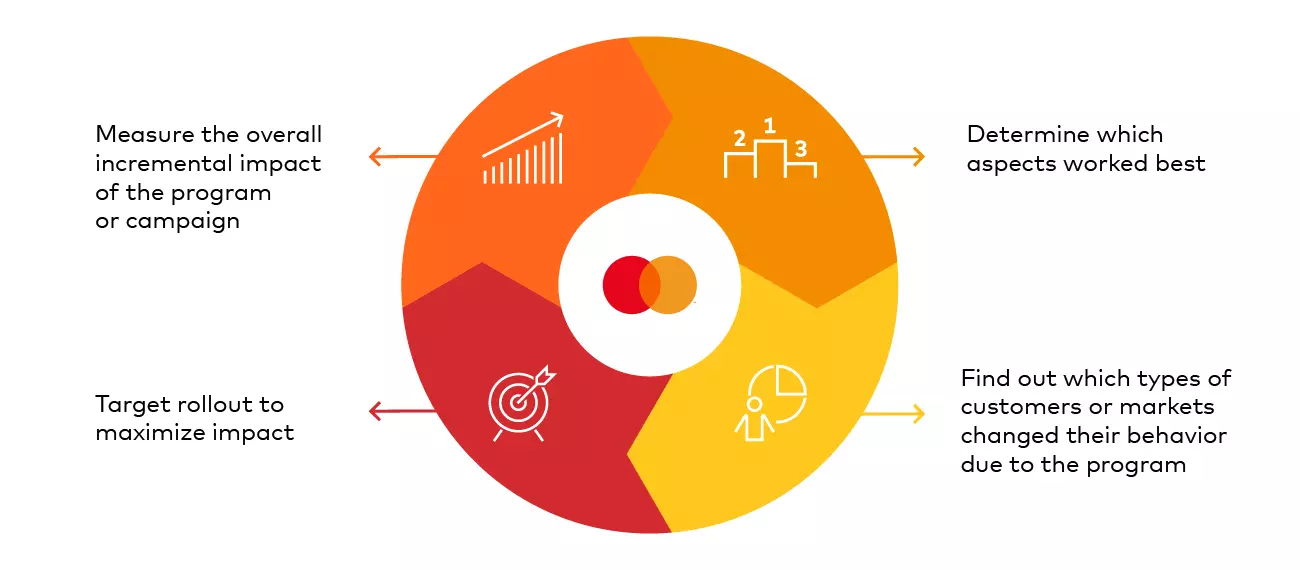
As a result of business experimentation, businesses can focus on their most pressing priorities, quantify the impact of strategic business investments and identify specific opportunities to improve initiatives through tailoring and targeting.
For pricing and promotions, there are many questions that business experimentation can answer. For example:
- How deep should items be discounted and how do results vary from offer to offer?
- How should prices vary across the different product levels?
- How should you target a promotion or price change? Will some changes work better in certain areas due to the broader economic environment or competitive activity in the area?
- Which types of customers will respond best to different types of offers?
There is no single answer to these questions, but data-driven, rigorous experimentation can help in making difficult decisions. By regularly testing different strategies, retailers can make informed pricing and promotional decisions even as the consumer evolves.
What businesses are learning is that experimentation is only the beginning. If organizations can cultivate a culture of utilizing reliable data and analytics, even challenging economic times can feel like a summer breeze when it comes to determining the optimal investments and cost-cutting strategies.
How J.Crew tailored their promos for best ROI
In-store consumer behavior isn’t what it used to be. Promotions impact stores today differently, so J. Crew utilized Mastercard Test & Learn® to determine how to best tailor their offers in-store versus online.
They measured the impact on key metrics for three different offers. The Test & Learn® analysis revealed which promotion was most effective to move units and the best offer to protect margins.


